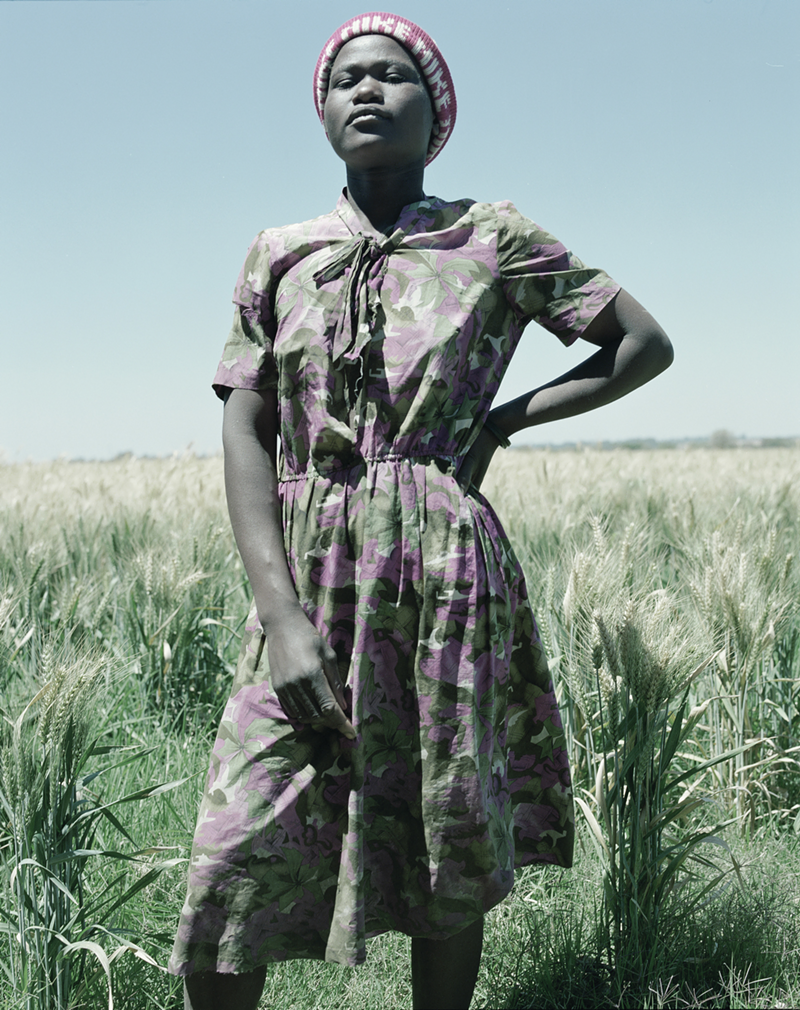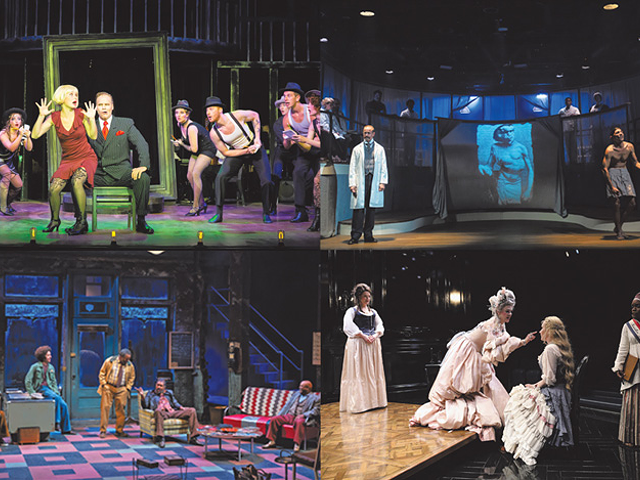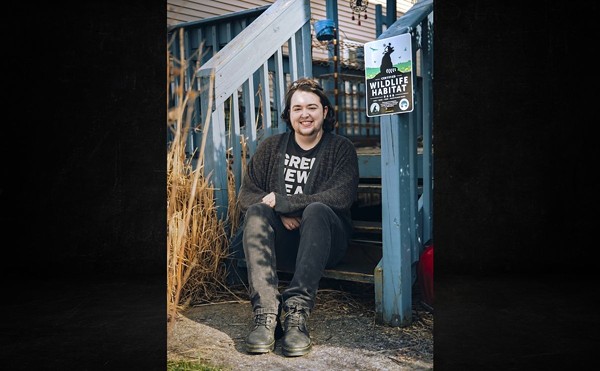
FotoFocus and the art museum overlapped on one key exhibition, Kentucky Renaissance: The Lexington Camera Club and Its Community, 1954-1974, my favorite museum show of the year. This was a project that CAM’s photography curator, Brian Sholis, spent several years organizing. He then announced his departure shortly before it opened.
With 150 photographs, prints, books and more, Kentucky Renaissance made a compelling case that the Lexington of that era — home to the University of Kentucky — was one of those magical American outposts where gifted people come together at a certain time to help shape the future of arts, well before we have a chance to realize the importance of what they’re doing. The resulting exhibit (which is still up through Sunday) allowed us to see wonderful work by Ralph Eugene Meatyard, Van Deren Coke, Guy Mendes and the mind-blowing Zygmunt S. Gierlach, and also to learn how these photographers interacted with such writers as Wendell Berry and Thomas Merton. It broke new ground in scholarship.
Meanwhile, FotoFocus — overseen by its hardworking executive director, Mary Ellen Goeke, and her small, dedicated staff — encompassed many shows at venues here, Dayton and even Columbus.
It had as a theme “The Undocument,” which the biennial’s artistic director, Kevin Moore, envisioned as a catchword to get people to think about whether photographs are as straightforwardly objective in the images they depict as we assume.
Several of the shows Moore curated were highlights of my 2016: After Industry at Weston Art Gallery, featuring 20th-century industrial/post-industrial landscapes from Gregory Gooding’s outstanding private collection, and two shows at the Underground Railroad Freedom Center (both up through Jan. 23), Jackie Nickerson’s August and Zanele Muholi’s Personae.
Muholi, a South African photographer, makes powerful portraits of black women who, as lesbians, have faced discrimination and violence in their homeland. Her work gives them a chance to experience a defiant freedom, evident through their expressions and dress. And it allows us to ponder the need for a secure identity.
Another major FotoFocus show worthy of special mention was the Taft Museum of Art’s smartly installed Picturing the West: Master Works of 19th -Century Landscape Photography, a circulating exhibition that celebrated the National Park Service’s 100th anniversary. It explored the issue of the “The Undocument” by making us ponder the motives of these intrepid early photographers, even while it astonished us with their bravery and fortitude. (It’s up through Jan. 15.)
I also liked the digitally reworked, stylized color photographs in William Ropp: Ethiopiques at Iris BookCafé and Gallery (up through Jan. 20).
Besides Kentucky Renaissance, the Art Museum distinguished itself this year with Van Gogh: Into the Undergrowth. Curated in-house (and up through Jan. 8), it not only elevated the visibility and importance of its own Van Gogh masterpiece, “Undergrowth with Two Figures,” but — through loans from other collections — taught how important such landscape covering was to the artist as a subject and how that inspired other artists.
Into the Undergrowth served as an apt bookend to the Taft Museum’s Daubigny, Monet, Van Gogh: Impressions of Landscape exhibit from earlier this year. Chief Curator Lynne Ambrosini spent years researching and organizing this show, which aimed to show how 19th-century French landscape painter Charles-François Daubigny was an underappreciated influence on Impressionism. The scholarship proved sound; the loaned art was substantial.
Cincinnati Art Museum also had an important traveling show of African-American Contemporary art from Miami’s Rubell Collection, 30 Americans. I still think of Rodney McMillian’s piece in it, a large and well-worn carpet, and what it says about the power of a non-traditional object, shown in an unconventional way, to make us think about what art can be and what it can say about life.
The art museum further offered the compelling prints of Cincinnati artist Jay Bolotin in The Book of Only Enoch and The Jackleg Testament, Part I: Jack & Eve (through March 12). And the Contemporary art displayed in its Not in New York: Carl Solway and Cincinnati show proved just how much of a progressive force that longtime gallerist has been for the city.
And while I have reservations about the way Employed, a show of the museum staff’s work, was presented as a major exhibit, I have no quarrel with the touching, lovely piece by textile conservator Chandra Obie, “Shaman’s robe [wedding dress],” that is in it. Scanning and editing all the best wishes written by friends at her wedding, she printed them to form what she calls the readable “yardage” of a paper dress. It belongs in the museum’s permanent collection.
The Contemporary Arts Center had two outstanding shows this year. While it wasn’t planned that way, Do Ho Suh’s Passage exhibition, curated by Steven Matijcio, proved to be a fitting and memorable tribute to CAC architect Zaha Hadid after her death in March, while it was on display. The South Korea-born British artist used his soft, fragile sculptural recreations of buildings to make us realize the poetry inherent in architecture — especially in Hadid’s CAC. Later in the year, the bizarre subject matter and fluid painting style of British artist Glenn Brown’s work brought surrealism into the 21st century with a jolting shock of the new. (His work is up through Jan. 15.)
Finally I think you’ll be hearing much more about Northside’s PAR-Projects in 2017, as it settles into its new post-industrial locale on Hoffner Street under the astute leadership of Jonathan Sears. But the show it had for its 2016 debut, Lisa Alcott’s environment of almost-translucent mobiles meant to evoke spider webs or bugs in motion, transformed and then transcended the space with its mysterious beauty. I will long remember it. ©






